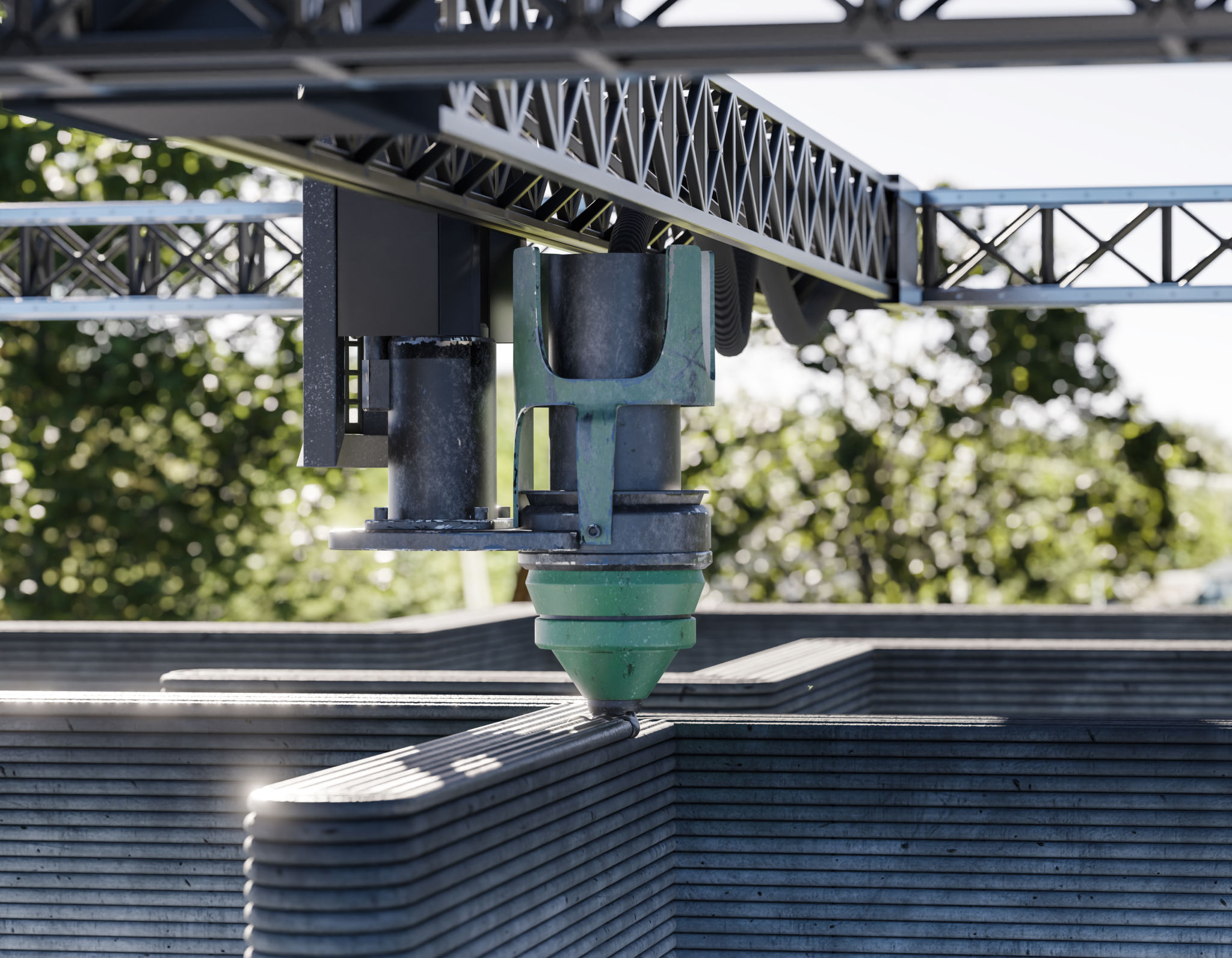Exploring the Future of Engineering Design Technologies: What's Next?
Introduction to the Future of Engineering Design
The world of engineering design is on the brink of a transformative era, driven by rapid technological advancements. As we look towards the future, it's essential to understand the emerging tools and methodologies that will redefine how engineers create, simulate, and optimize designs. These innovations promise to enhance efficiency, accuracy, and sustainability in engineering projects.
One of the most compelling aspects of this transformation is the integration of artificial intelligence (AI) and machine learning in design processes. These technologies enable engineers to automate repetitive tasks, analyze vast amounts of data, and make informed decisions with unprecedented speed and precision.

The Role of AI and Machine Learning
AI and machine learning are set to revolutionize engineering design by providing capabilities that were once considered science fiction. Engineers can now leverage AI algorithms to predict potential design flaws, optimize material usage, and even generate innovative design alternatives that may not be intuitive to human designers.
Machine learning models can analyze historical data from past projects to identify patterns and insights that assist in developing more efficient designs. This predictive capability helps in reducing costs, minimizing waste, and improving project timelines.
Advancements in 3D Printing Technologies
3D printing has been a game-changer in engineering design, allowing for rapid prototyping and the creation of complex geometries that were previously impossible. As this technology evolves, we can expect even more sophisticated manufacturing techniques that offer enhanced material properties and reduced production times.
The future holds promise for multi-material 3D printing, where engineers can create components with varied material properties in a single print. This capability opens up new possibilities for custom-tailored products and innovative design solutions that meet specific requirements.

Virtual Reality (VR) and Augmented Reality (AR) in Design
Virtual Reality (VR) and Augmented Reality (AR) are becoming indispensable tools in engineering design by providing immersive visualization capabilities. These technologies allow engineers to experience their designs in a virtual environment, making it easier to identify potential issues and improvements before physical prototypes are built.
AR technology is particularly useful on-site, where it can overlay digital information onto real-world views, assisting engineers in accurate assembly and construction processes. This integration of digital and physical realms enhances collaborative efforts and reduces errors.
Sustainability and Green Engineering
As global awareness of environmental issues grows, the demand for sustainable design practices becomes more pressing. Future engineering technologies will increasingly focus on eco-friendly materials, energy-efficient processes, and sustainable lifecycle management.
Engineers are now utilizing software tools designed to assess environmental impact throughout a product's lifecycle. These tools help in making informed decisions that align with sustainability goals, ensuring that future designs are not only innovative but also responsible.

Collaborative Design Platforms
The rise of cloud-based collaborative platforms is reshaping how engineering teams work together. These platforms allow for seamless communication, real-time data sharing, and integrated project management across global teams. Such tools facilitate a more agile approach to design, enabling faster iteration and innovation.
By breaking down geographical barriers, collaborative platforms empower diverse teams to bring unique perspectives and ideas to the table, fostering creativity and driving progress in engineering design.